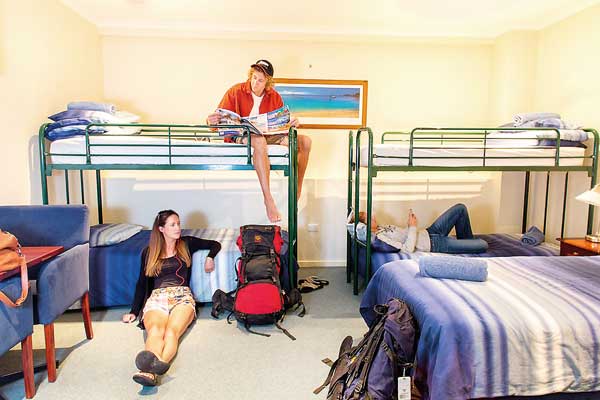21 Jul 2015 - {{hitsCtrl.values.hits}}

.jpg) It is interesting to analyze the tourist arrivals to Sri Lanka over the past few years, which seems to give an indication that the informal hotel sector could be growing faster than the formal sector.
It is interesting to analyze the tourist arrivals to Sri Lanka over the past few years, which seems to give an indication that the informal hotel sector could be growing faster than the formal sector. .jpg) On this basis, the tourist arrivals to graded and supplementary accommodation units is analyzed for the past 4 years and given below;
On this basis, the tourist arrivals to graded and supplementary accommodation units is analyzed for the past 4 years and given below;.jpg)
26 Nov 2024 8 hours ago
26 Nov 2024 9 hours ago
26 Nov 2024 26 Nov 2024
26 Nov 2024 26 Nov 2024
26 Nov 2024 26 Nov 2024